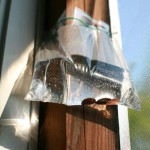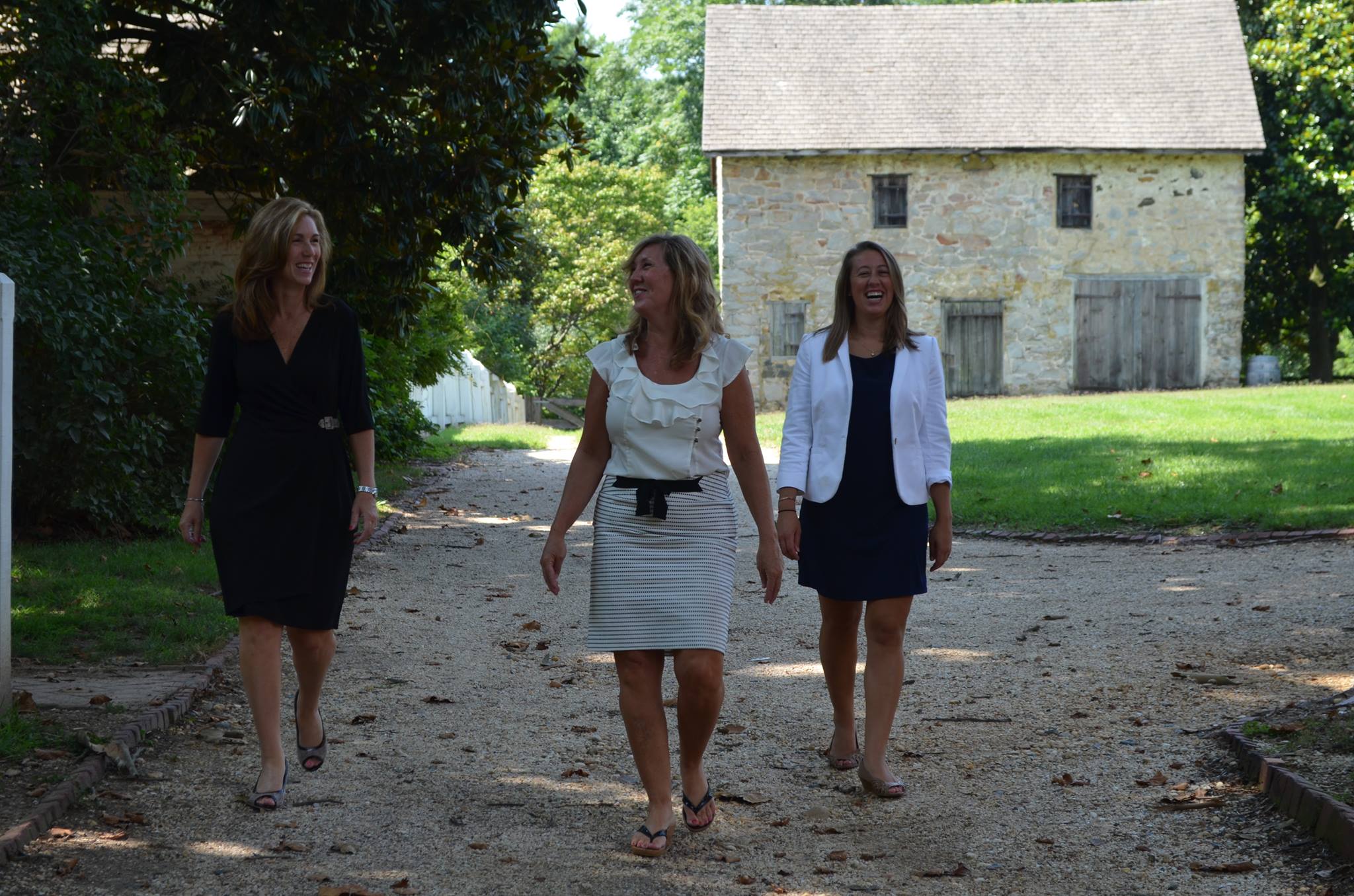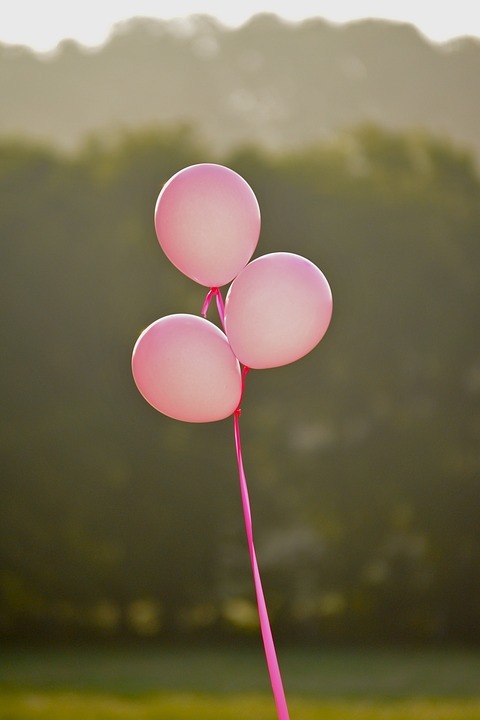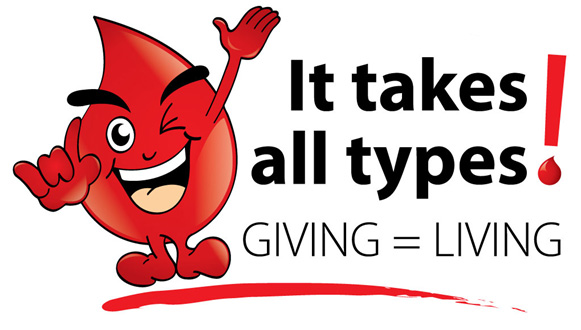I love chalkboards. When I say I “love” chalkboards, I mean I.LOVE.CHALKBOARDS. Not only are they extremely helpful in capturing reminders (of handfuls of things I will probably never get around to doing), favorite quotes, and grocery lists, etc., but they also add loads of charm to a room in an instant. Did I mention I love chalkboards?

How to Turn Glass-Framed Pictures into Chalkboards
Over the years, I’ve painted several doors in my house, and even entire walls, in chalkboard paint. My favorite chalkboard was in my kitchen a few summers ago, when my daughter was three. On a whim, I painted the largest wall in our kitchen in chalkboard paint and then made our summer “to do” list from one end to the other. Everything from ‘catch lightening bugs and let them go’ to ‘get potty-trained’ was written on the wall and checked off one by one over the course of the summer – well, except for ‘get potty-trained.’ That elusive little nugget was reluctantly transferred to many to do lists over the next two years.
I’ve attempted to build a few chalkboards from scratch, but they never turned out quite like I envisioned them in my head, mostly because my carpentry skills were and still are, rudimentary at best. Being an impatient DIY’er, I need my chalkboard now and could not wait until I mastered the skill of carpentry and power tools. When I stumbled upon this idea (someone else’s), to turn old pictures into chalkboards I immediately recognized the pure genius of it. It requires zero experience with tools (minus the hammer you will need to hang your picture), and best of all, as soon as the paint dries, your chalkboard is ready to hang. There is nothing to build, measure or cut!
You will need just a few things for this project:
- One glass-framed picture or painting of absolutely anything – (i.e.: dogs shooting pool, your old Glamour Shots portrait from the 90’s-the one with the feather boa and “those” bangs, etc.,). I tend to choose larger pictures because I like big chalkboards, but mini chalkboards are also cute. Focus on the condition of the frame and the glass especially, since the rest will be covered in paint. I suggest scouring your own house before you venture out to the thrift or craft store to purchase a frame. If the frame does not have hardware on the back for hanging, you will need to pick up a picture hanging kit at the hardware or dollar store. It’s really important to make sure you choose a kit that is sized for the approximate total weight of your frame so it safely and firmly holds the chalkboard once you hang it.
- Chalkboard paint in the color of your choice – The most popular and easiest to find colors are black and green however, there are other colors available as well. Also, you can choose between chalkboard spray paint and brush-on paint. I’ve done both and can tell you that using the brush-on paint takes fewer coats (it’s a thick acrylic paint), but it also requires a steady hand to avoid lumps and streaks on the glass. I found it to be a hair pulling experience the first few times until I had better mastered the technique of even strokes.
- Painter’s Tape
- Chalk (stating the obvious here, I know)
Getting Started:
- Tape off the entire frame of your picture with painter’s tape to avoid paint getting on the frame (even if you plan to paint the frame a different color than it currently is) and clean the glass to remove any dirt or debris. Another option is to remove the glass completely from the frame to paint it if removes easily (some require removing the back and hardware to get the glass out), so pick which option works best for your frame and preference. As I mentioned above, I am an impatient DIY’er so I always completely tape off my frame and paint the glass intact.
- Apply evenly, a minimum of three coats of paint regardless of which paint method you choose and allow each coat of paint to dry thoroughly (very important in order to avoid clumps and bubbles), before apply the next coat. I apply about five good coats of brush-on paint or if using spray paint, I use the entire can which is typically about 4-5 applications for a medium to large framed picture. As mentioned, you must let each coat dry thoroughly or the paint will peel off when you write on the board.
- After the last coat is completely dry, do a quick test to make sure the chalk will work on the surface (meaning-you can no longer feel the slick surface of the glass when you write on it). I usually just test it out one corner in case I need to add more coats. If it feels like a chalk board when you write on it, then you are all set. If the chalk slides across without adhering, you need to apply more paint.
Here are a few I’ve done recently!


Helpful Tips:
- If you are applying the paint with an inexpensive paint brush, gently pull any loose bristles out before you begin to paint, as the cheaper brushes tend to shed in the paint. You can also use a “sponge” brush, just be careful not to soak it with too much paint or it will be harder to control and may separate from the handle.
- Most brush-on chalkboard paint is non-toxic, however if you are using the spray-paint method, always apply the paint in a well-ventilated area (outside is always best) and use a nose and mouth mask to avoid inhaling any paint fumes.
- Be patient! Because the original glass is a slick surface, you must apply several coats of paint in order for it to allow the chalk to adhere. Too few coats will start wearing down to the glass quickly.
- Just a reminder-This is a glass-based chalkboard. Do not apply extreme pressure to the surface to avoid cracks and the chalkboard should not be given to children to play with alone. My daughter loves to write on our chalkboards that I have made, but I always leave them on the wall for her to use.
–**–
 About Me(Lynn Casner)
About Me(Lynn Casner)
I am, what I hope is your typical mom. Some mornings I am so on top of it – I am up before the birds, I’ve created cookie-cutter shaped lunches nestled neatly in matching containers, my daughter is dressed and ready 20 minutes ahead of schedule, nary a booger or dirty finger nail in sight. Other mornings however, I am running around the house in my bathrobe ten minutes before we have to be out the door, cramming leftovers into plastic bags and drying underpants with the blow dryer because I forgot to take the clothes out of the washer the night before.
In an effort to keep the latter the exception, I try to live by one particular motto, which is “Never reinvent the wheel.” If someone has built, baked or created something as good (or better) than I would have, I grab it, run and put my own spin on it.
My DIY projects follow the same rule of thumb. Some of my ideas are new but for the most part, they are just my “spin” on something that has inspired me somewhere. Whether in my daily travels, wandering through thrift shops, thumbing through magazines, braking for that must-have object set out for the trash on the side of the road and/or of course from other DIYers(compliment). I hope that something I have repurposed will be inspiring for others to grab, run and put their spin on it too.
Happy Repurposing!
Lynn Casner
Follow Lynn on Facebook @ If it fits in the car
See below for a view of Lynn’s other project featured here on NorthDelaWHEREHappening.com
DIY If It Fits In The Car: Kitchen Island Redo
 One non-negotiable on my “turning a house into a home list” was the desire to have a quaint eating space that could also double as a “lunch-making, holiday-cookie-rolling, do-your-homework, sit-and-gather-over-coffee” spot. After cramming odd-sized tables into a half-baked version of what I really wanted (and knowing most pre-manufactured kitchen islands were either out of my budget or too big for my small kitchen), I decided to expand on a kitchen island cabinet purchased some years back that due to its lack of an overhang served only as an uninspiring spot to prep food. – See more, visit DIY If It Fits In The Car: Kitchen Island Redo
One non-negotiable on my “turning a house into a home list” was the desire to have a quaint eating space that could also double as a “lunch-making, holiday-cookie-rolling, do-your-homework, sit-and-gather-over-coffee” spot. After cramming odd-sized tables into a half-baked version of what I really wanted (and knowing most pre-manufactured kitchen islands were either out of my budget or too big for my small kitchen), I decided to expand on a kitchen island cabinet purchased some years back that due to its lack of an overhang served only as an uninspiring spot to prep food. – See more, visit DIY If It Fits In The Car: Kitchen Island Redo







Leave A Comment